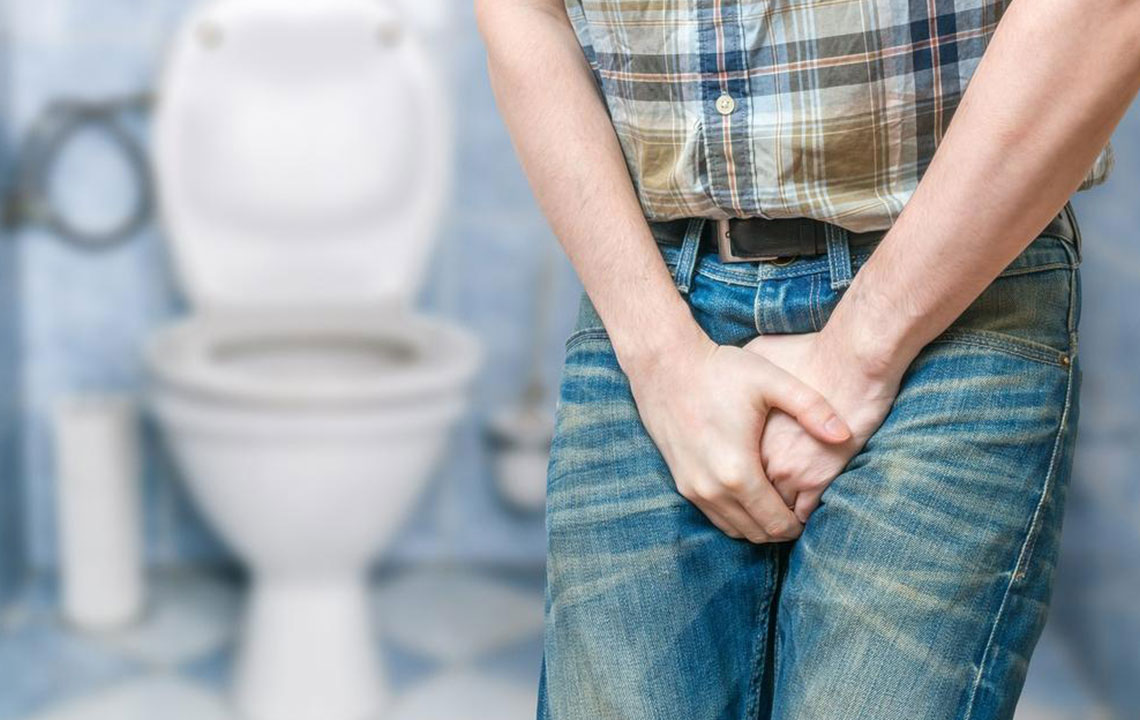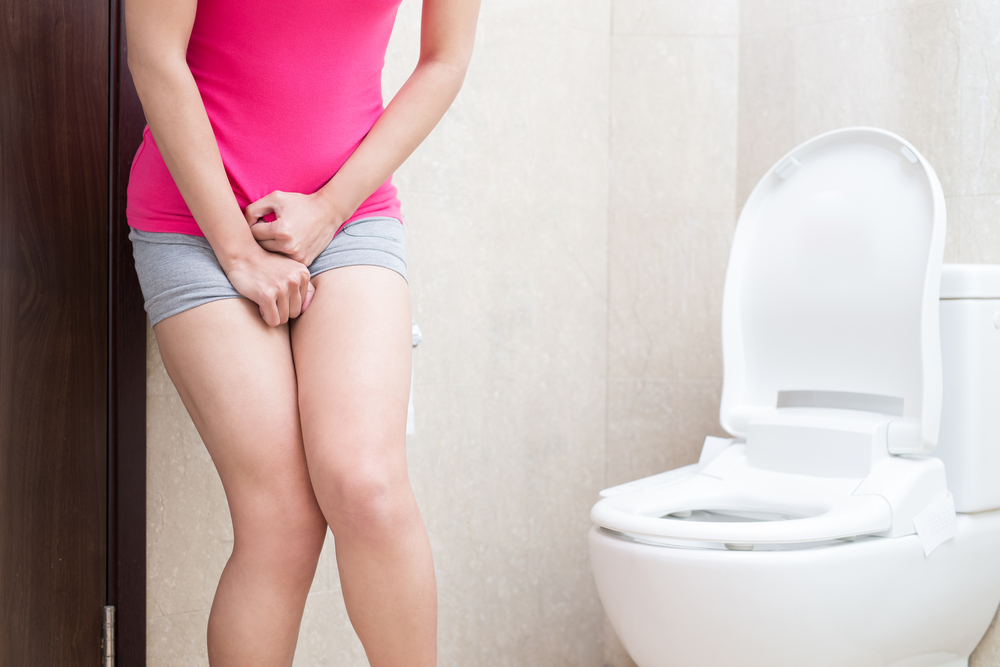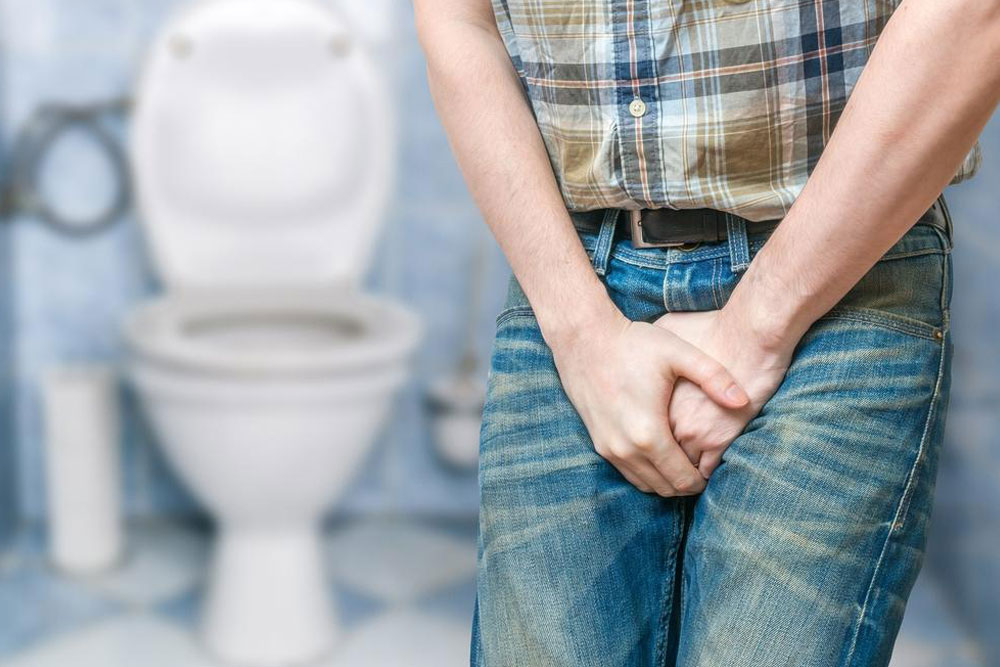Comprehensive Guide to Managing and Treating Frequent Urination
This comprehensive guide provides detailed insights into the causes, symptoms, diagnostic methods, and treatments for frequent urination. It emphasizes early diagnosis, lifestyle modifications, and medical options to effectively manage and prevent this condition, helping individuals regain control over their bladder health and improve overall well-being.

Understanding and Effectively Managing Frequent Urination
Frequent urination is a common health concern characterized by an urgent and increased need to urinate more often than usual, often accompanied by a sudden loss of bladder control. This condition can be uncomfortable, disruptive, and sometimes embarrassing, affecting a person's daily life and overall well-being. It is frequently associated with an overactive bladder, which causes a sudden, uncontrollable urge to urinate, and can significantly impair quality of life if left unmanaged.
Typically, individuals who urinate more than eight times in a day are experiencing abnormal urinary patterns that warrant investigation. Ignoring these symptoms can lead to the worsening of underlying health issues and decreased bladder health. Therefore, early diagnosis and appropriate treatment strategies are crucial. Alongside medical intervention, making lifestyle modifications can play a vital role in alleviating symptoms and preventing recurrence.
Understanding the root causes of frequent urination is essential for effective treatment. Common reasons include urinary tract infections (UTIs), overactive bladder syndrome, and other underlying health conditions. UTIs are one of the most prevalent causes, especially in women, due to their shorter urethra, which makes bacterial entry into the bladder easier. Symptoms of UTIs often include painful urination, cloudy or foul-smelling urine, lower abdominal pain, and a sensation of pressure. Risk factors for UTIs include sexual activity, pregnancy, diabetes, and incomplete bladder emptying.
Overactive bladder (OAB) affects millions worldwide and is characterized by a frequent and urgent need to urinate, often accompanied by nocturia — waking up at night to urinate. The causes of OAB can be varied, including hormonal changes, neurological conditions, physical injuries, and lifestyle factors. Substances such as caffeine, alcohol, and nicotine are known to irritate the bladder and exacerbate symptoms. Conditions like interstitial cystitis, bladder stones, and diabetes also significantly contribute to the development of OAB.
To identify the root of frequent urination, individuals should pay attention to additional symptoms like burning sensations during urination, blood in the urine, or persistent lower abdominal discomfort. Diagnostic procedures are critical in confirming the underlying causes and may include urine analyses, pelvic examinations, cystoscopy (a procedure to examine the inside of the bladder), bladder scans, and urodynamic testing to assess bladder function.
Effective treatment options vary depending on the cause. Antibiotics are prescribed for bacterial infections like UTIs. For overactive bladder, medications such as bladder relaxants or anticholinergics are used to reduce urgency. Pelvic floor exercises, lifestyle adjustments, and behavioral therapies can also help manage symptoms. Preventive measures include avoiding bladder irritants such as caffeine and alcohol, increasing fiber intake to prevent constipation (which can impact bladder function), and seeking medical advice promptly if symptoms persist or worsen.
Long-term management of frequent urination involves a combination of medical treatment and lifestyle modifications. It’s important to maintain regular medical check-ups, especially if symptoms recur or do not improve with initial treatment. Implementing good hydration practices, managing underlying health conditions like diabetes, and adopting bladder training techniques can significantly improve quality of life and reduce discomfort associated with frequent urination.





